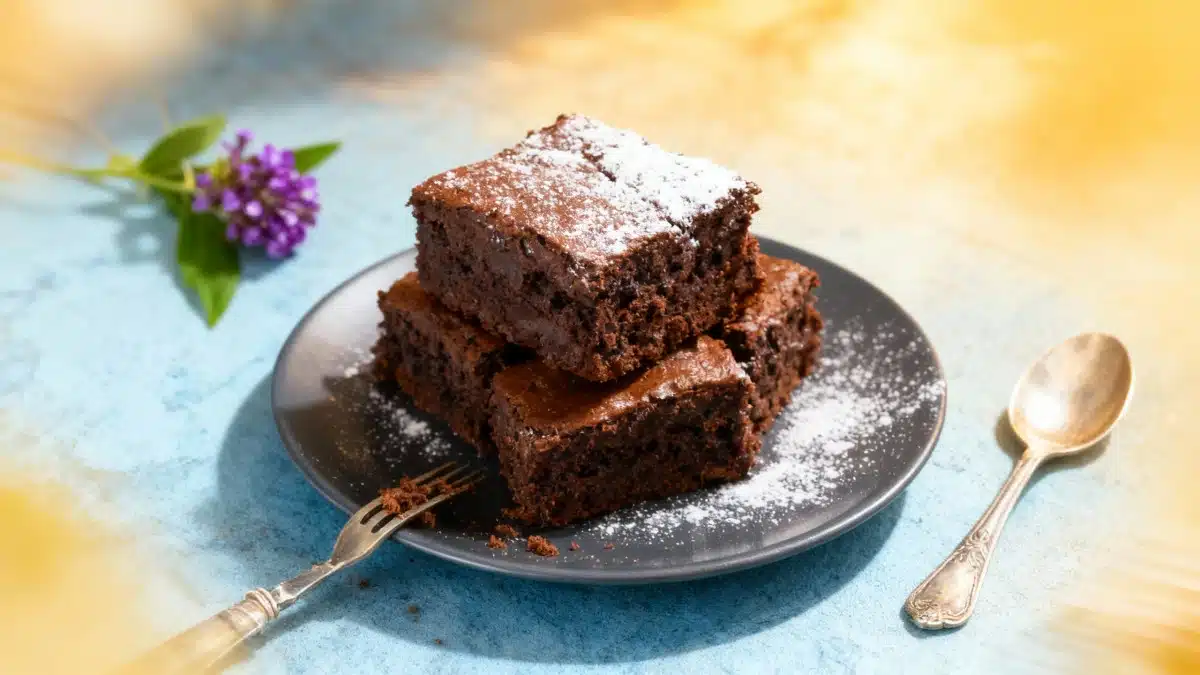Have you noticed oat drinks multiplying with almost magical speed on supermarket shelves lately? You’re not imagining it: in 2025, oat is poised to reign supreme as the plant-based drink of choice. Once just a modest handful of flakes in your breakfast bowl, now oat is the darling of daily beverages—frothy, creamy, and popping up everywhere. But what’s behind this wave of oat enthusiasm? Why is everyone, from your barista to your grandma, making the switch?
The Meteoric Rise of Oat: More Than Just Breakfast
Let’s start with numbers—no snoozing! In 2024, oat drinks saw their market value leap by 20.2% compared to the previous year, and volumes weren’t far behind, with a 14.1% increase. Almonds, long the reigning king of the dairy alternatives aisle, have officially been unseated. That’s right. Oat has overtaken almond as the uncontested market leader. So, why the excitement for this modest, beige grain?
- Accessibility: Oat is cultivated widely in Europe, meaning it lands on shelves with a wallet-friendly price: about €2 per liter. That makes it more accessible than almond-based drinks, which are often pricier and less local.
- Major brands like Bjorg and Alpro have cottoned on, rapidly expanding their oat ranges.
Nutrition & Sustainability: Oat Pulls Double Duty
Move over kale—the oat’s coming for your health halo. Nutritionally, oats are packed with fiber, helping digestion and cholesterol regulation. For anyone seeking to cut back on animal products while staying satisfied and nourished, it’s an ideal option. But it’s not just about what’s good for you: oat shines when it comes to the environment as well.
A study by Blonk Consultants found that Oatly oat drink generates a climate impact that’s 52% lower than cow’s milk. That’s a big win for the eco-conscious consumer who wants to shrink their carbon footprint while still sipping something delicious.
Brand Power and Barista Magic
The oat revolution is also a marketing masterclass. Swedish brand Oatly has led the charge by shaking up how oat drinks are perceived. Oatly built its reputation in trendy coffee shops before marching into supermarkets—and now has a « Barista » version designed specifically for cafes, priced at €2.49 per liter.
Bjorg isn’t far behind, offering an organic oat drink, with tempting versions like vanilla (bonus: no added sugar). This meticulous attention to nutrition and environmental details helps brands win over a growing base of mindful consumers—those who care about what goes in their cup and where it comes from.
Of course, there’s innovation in flavor, too. The oat drink palette now ranges from classic « plain » to chocolate, vanilla, and even spicy options for the adventurous. Even your coffee break can get a nostalgic twist: think warm, seventies-inspired hues in cafes with buttery yellow and brown tones, as oat integrates seamlessly into modern break time.
- Natural, creamy texture? Check.
- Endless flavor options? Double check.
- Eco-conscious image? You bet.
>
Green Credentials and Everyday Versatility
Unlike some plant-based options that rest on their laurels (looking at you, almond), oat drink brands like Oatly and Bjorg go further. They proudly display green labels and campaign for more sustainable agriculture—music to the ears of anyone who wants to consume responsibly.
People are drawn to oat for its natural feel, reduced environmental impact, and health benefits. In 2025, oat has staked its claim as the go-to plant-based drink for those seeking both a healthier and a more eco-conscious alternative to traditional milk. Thanks to competitive pricing, variety, and broad availability, oat is dominating the market—and it’s only just begun.
So, should you join the oat revolution? Why not? Whether swirling it into your morning coffee, blitzing it into smoothies, or slipping it into that next batch of homemade cakes, oat adapts to every scenario. It’s a tasty, easy step toward a healthier, more sustainable way of living. In 2025, your new favorite ingredient might just be hiding in that unassuming carton of oat drink.

John is a curious mind who loves to write about diverse topics. Passionate about sharing his thoughts and perspectives, he enjoys sparking conversations and encouraging discovery. For him, every subject is an invitation to discuss and learn.






